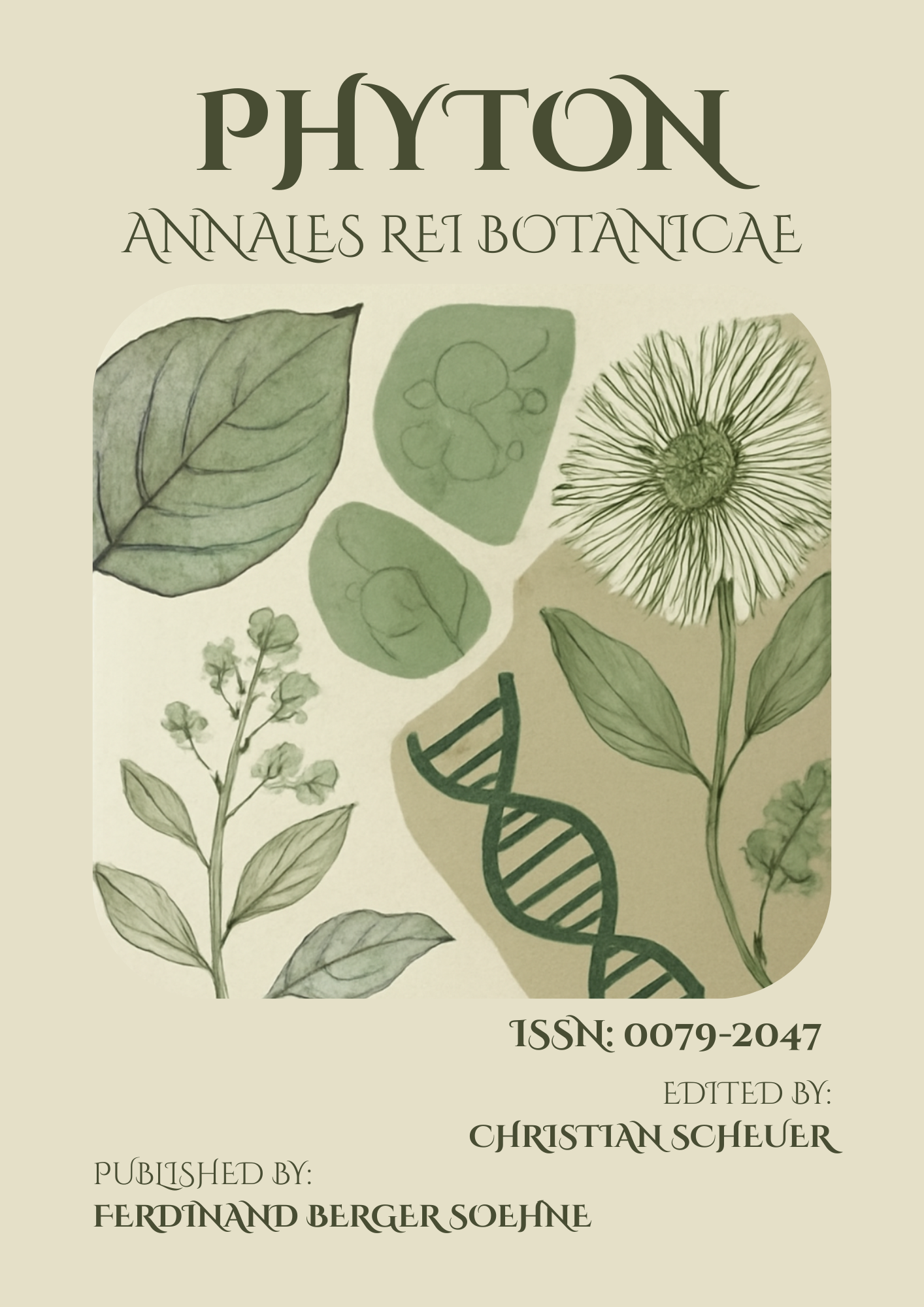Investigating the Role of Plant Phenolics in Disease Resistance: A Study from African Medicinal Plants
Keywords:
plant phenolics, disease resistance, African medicinal plants, phytochemistry, bioactive compoundsAbstract
Plant phenolic compounds are well-known for their antioxidant, antimicrobial, and anti-inflammatory properties. In traditional African medicine, many plant species are used for their therapeutic effects against various diseases, but the underlying biochemical mechanisms remain largely unexplored. This study investigates the role of plant phenolics in enhancing disease resistance in several African medicinal plants. Using Catha edulis (khat), Moringa oleifera (drumstick), and Solanum lycopersicum (African tomato), we analyzed their phenolic content and assessed their effectiveness in inhibiting the growth of plant pathogens such as Fusarium, Xanthomonas, and Rhizoctonia. High-performance liquid chromatography (HPLC) and mass spectrometry (MS) were used to quantify phenolic acids, flavonoids, and tannins. Our results indicated that phenolic compounds from Moringa oleifera and Catha edulis exhibited strong antimicrobial activity, reducing pathogen colonization by up to 60%. In greenhouse trials, plants treated with extracts from these species showed enhanced resistance to both fungal and bacterial infections. These findings suggest that plant phenolics play a crucial role in disease resistance, and their incorporation into agricultural pest management strategies could provide sustainable solutions for farmers across Africa. The study also advocates for further research into the isolation and commercial application of bioactive phenolic compounds from African medicinal plants.
Published
How to Cite
Issue
Section
License
Copyright (c) 2024 PHYTON-ANNALES REI BOTANICAE

This work is licensed under a Creative Commons Attribution-NonCommercial-ShareAlike 4.0 International License.
This article is published under the terms of the Creative Commons Attribution-NonCommercial-ShareAlike 4.0 International License (CC BY-NC-SA 4.0). Readers may share and adapt the material for non-commercial purposes, provided appropriate credit is given and adaptations are shared under the same license.



